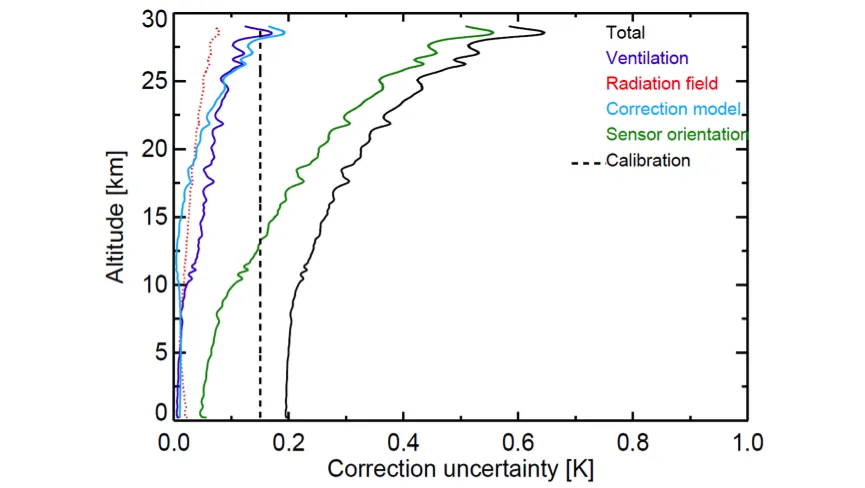G2.13 Missing microwave standards maintained by national/international measurement institutes
The traceability of ground-based microwave radiometer (MWR) estimates and their uncertainty requires the traceability of MWR calibration to SI standards. Currently, no SI standard is available for MWR at any national/international measurement institute. Thus, full SI-traceability of ECVs from MWR is currently not feasible. However, at least one national measurement institute is currently developing SI standards for MWR. It is expected that SI-traceable standards for MWR will be available in the next few years.

